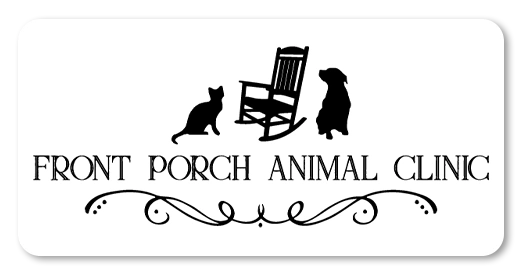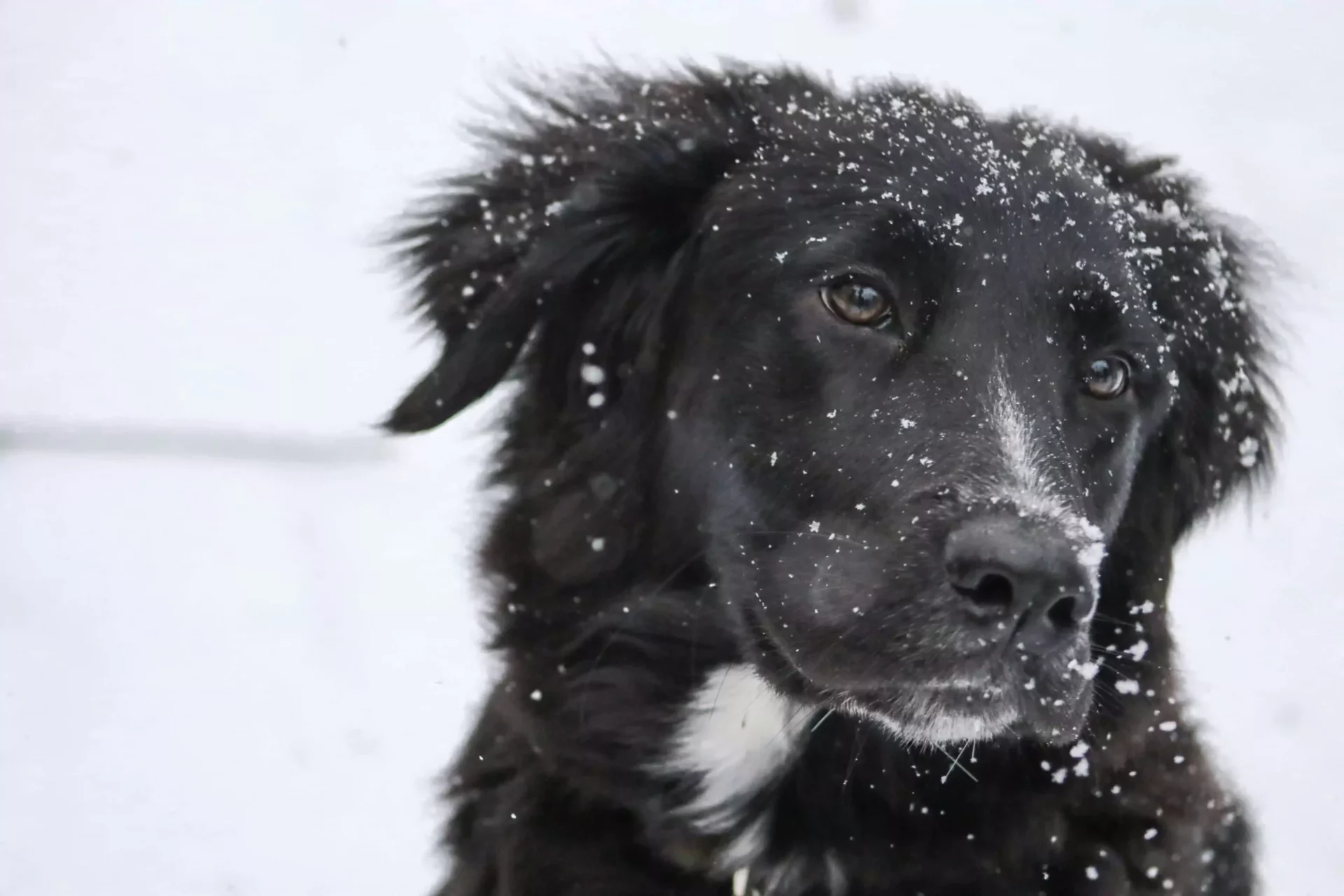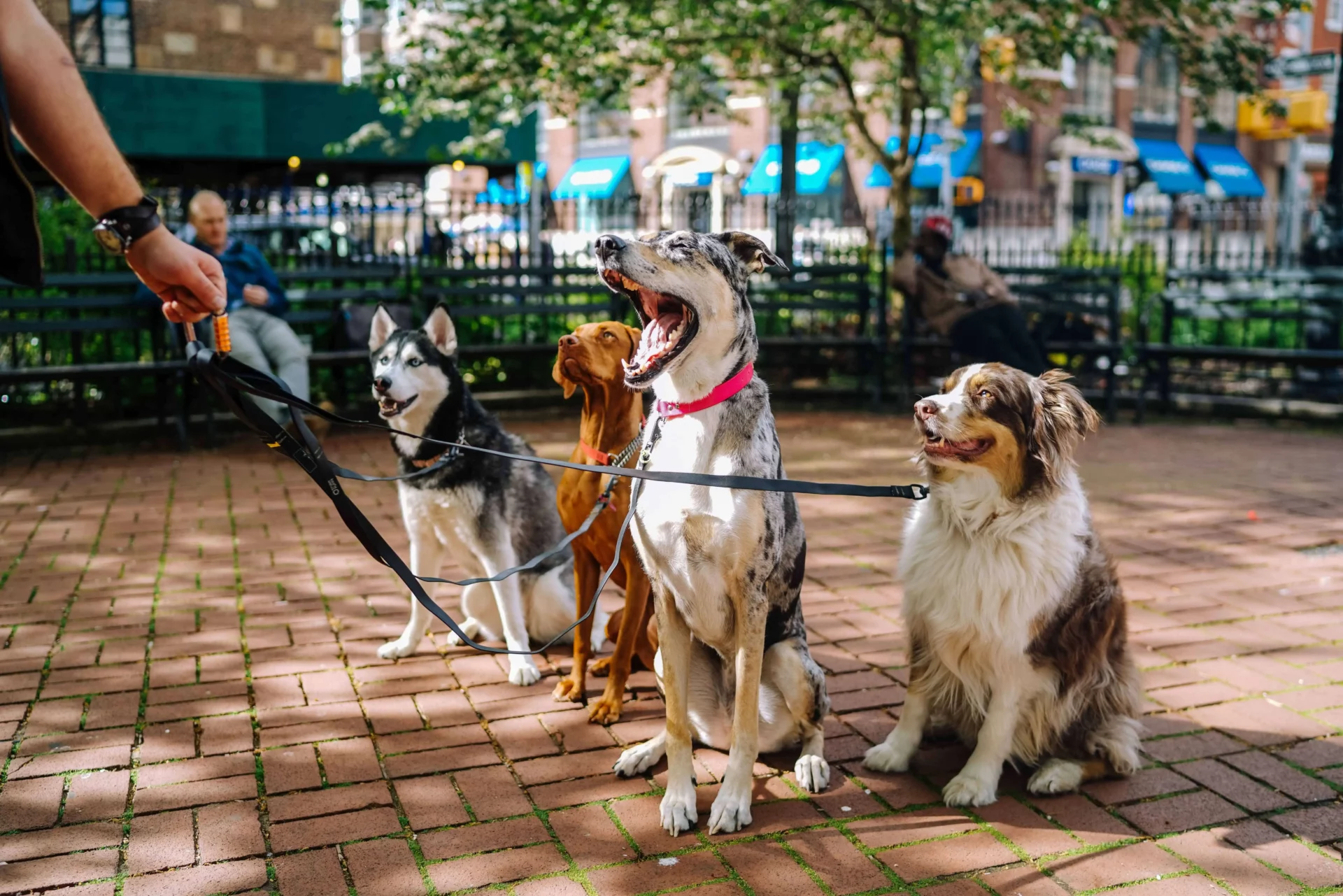Is your dog expecting? Congrats! You are going to have some super cute new arrivals to look forward to over the next few months. Most canine pregnancies are uneventful. Of course, your pup, like any other expectant woman, will need extra attention during this beautiful time. Continue reading to find out how to look after a pregnant dog from a local Greeley, CO veterinarian.
Basic Information about Dog Pregnancy
Dogs’ gestation lasts about two months, or 62-64 days. This, however, is not a strict rule. Keep in mind that conception and breeding dates may differ. The outcome can also be influenced by the breed and size of the litter.
How Will I Know if My Dog is Pregnant?
There are a few indications to look out for For example, you may realize that your pet’s appetite has unexpectedly grown. After all, they might be eating for several!
Pregnancy indications for puppies include gaining weight, increased nipple size, and low energy. You may also notice certain behavioral changes. Certain pets grow cranky. Others are the opposite, preferring lots of hugs and affection. You may also see nesting behavior.
If you know or believe your dog is pregnant, seek professional treatment right away. By the time a dog is about to give birth, the pregnancy is usually visible to the naked eye, but it can be difficult to determine in the early stages. Because tests cannot be obtained from pharmacies, the best option is to take your dog to a veterinarian clinic for testing. The most basic is palpation, which involves manually feeling for puppies. After about 25 to 25 days, an ultrasound will be considered. An ultrasound detects heartbeats, allowing you to calculate how many small furballs your pet is creating. (Fun fact: puppies have two to three times faster heartbeats than their mothers.) Hormone tests and X-rays are two more options for testing.
Your vet will check for any issues that could affect or interfere with your pregnancy or delivery. If any concerns are detected, you may wish to schedule a C-section ahead of time.
Caring for Your Pregnant Pet
Once you’ve determined that your dog is pregnant, you must prioritize her health and safety, as well as ensuring that the growing puppies receive the nutrition they require.
Here are the keys of that:
Diet: Nutrition is very crucial in this circumstance. If your pet is already eating high-quality food and was close to her target weight before getting pregnant, you may be able to keep feeding her until the conclusion of her pregnancy. You may need to brace yourself: overfeeding a pregnant dog can be fatal. As her pregnancy progresses, you may gradually increase your pet’s calorie intake. Smaller, more frequent meals are typically preferred at this point.
Exercise: This depends on your pet’s age, breed, and size. However, once your belly grows significantly, you’ll want to tone it down. Short, frequent walks are preferable to long excursions with breaks in between.
Of course, you’ll also need to take your canine pal to your veterinary clinic.
Getting Ready For Puppyhood
As the big day comes, start looking for signs that your pet is about to give birth. Nipple enlargement is one thing to watch out for. Fluid may also occur in the nipples. Some puppies may even move in ways that you can see or feel.
At this point, a proper whelping box is essential. This is a safe and comfortable environment for your dog to give birth. You can buy them, but you can also make them. Using a kiddie pool is one option. This should be put in a comfortable, tranquil, and non-drafty area. Be sure to show your pet the box!
Here are a few supplies you might want to get:
- Lining (such as newspaper or butcher paper.)
- Trash bags
- Bath mats
- Towels
- A thermometer
- Syringe
- heating lamp
- Unwaxed floss and sterilized scissors (to cut the cord)
- Iodine
Ask your veterinarian for further information.
Helping Your Dog To Deliver Puppies
Your dog’s appetite may diminish as the big day approaches. She may also begin developing a den for herself. (You may need to gently persuade her into the whelping box). Panting and a drop in rectal temperature are two other signs.
The puppies will be born with membranes. Normally, the mother will remove this, but if she does not, you will have to do so yourself. Do not postpone this, since puppies will quickly run out of air. Once the dog is free, massage it with a clean towel.
In general, the mother licks the puppies and gnaws on the cord. If not, you will need to clip it. Sanitize with iodine and knot off the ends.
You’ll also need to watch for signs that something isn’t right.
Here are some key ones:
- Abnormal labor time: Typically, each puppy’s labor should last around one hour. This is why it is vital to know the expected number. Keep track of the number of placentas. If more than two hours pass between arrivals and not all puppies are out, please contact your doctor.
- Your dog’s rectal temperature dropped over 24 hours ago, but labor has yet to start.
- Your dog appears to be in great pain.
- Puppies having trouble breathing.
- No puppies have arrived within an hour of contractions starting, especially if there is green discharge.
- Trembling, collapsing, or shaking.
- If your dog produces dark green or red liquid before the first puppy.
- Puppies do not breastfeed.
- You have more puppies than placentas.
Contact your vet or an emergency animal clinic if you notice any of these things.
Make An Appointment At Our Greeley, CO Pet Clinic
Have you got any questions or concerns concerning your pregnant dog? Are you interested in dog reproduction services? Contact your Greeley, CO pet hospital today!


